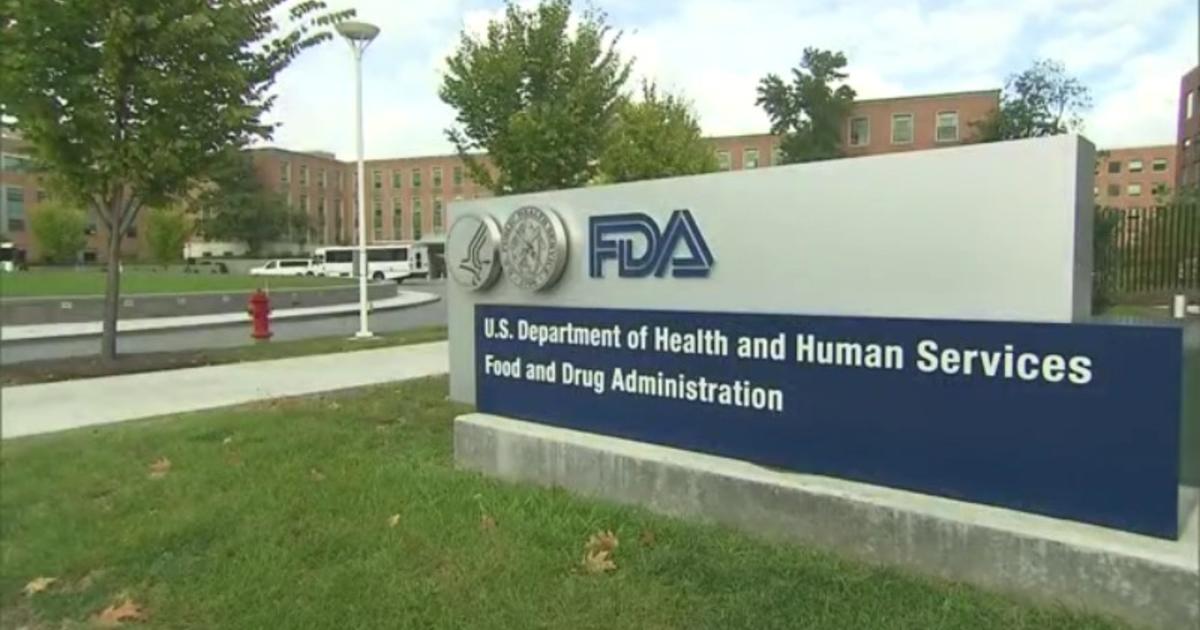Raw foods such as fruits and vegetables are not part of this 3% because they are not manufactured.
“In a study we conducted after the release of the proposed rule, consumers indicated they would be less willing to buy meals re-designed to meet the proposed criteria compared to our current ‘healthy’ meals,” the company said.
So they’re fine with selling unhealthy food then? Weird that their business model includes shortening the lives of their customers.
I guess they will have to charge more since they won’t get a full lifetime out of customers.
As if businesses are doing things for long term sustainability
This is something Mr. Beast has mentioned a few times when talking about the food products he’s been trying out. People say they want healthy food, but in reality people buy what tastes good to them, nutrition be damned.
He’s decided he can market well enough that it’s worth it to sell his own product, but he can’t compete with the economy of scale that the major brands have, so his plan is to compete by making something a little more expensive, but hopefully better tasting and not quite as unhealthy. We’ll see how that strategy works out for him.
This is the best summary I could come up with:
The new symbol will follow a long-awaited update to the FDA’s definition, due to be published this April, of what foods can claim to be healthy to eat under federal rules.
The FDA’s attempts to revise the definition have drawn hundreds of comments since they were floated back in 2016 under the Obama administration.
Conagra manufactures the Healthy Choice brand of frozen meals, which the company says makes it “the largest industry stakeholder impacted” by the changes.
A proposal for that rule is scheduled to be published by June, following focus group testing of several different designs to call out unhealthy levels of things like saturated fat, sodium and added sugars.
Previous trials by the agency have looked at a variety of designs created to fit on the front of everything from bottled sports drinks to boxed frozen foods.
Jones said the FDA had now settled on a final design that “consumers best understood” in the focus groups, but declined to share details of which was picked.
The original article contains 812 words, the summary contains 167 words. Saved 79%. I’m a bot and I’m open source!
Meh. Good food is cheap and available to 95% of the population. It’s a choice.
If a single mom with three kids works two jobs and lives in a food desert, it is unreasonable to expect her to also cook healthy meals from scratch. She likely has neither the time nor the energy.
And this is a big part of the problem.
So you went right to that 5% 🤣
Yes, there is a small portion of the US and other countries with food deserts. The US should do everything in its power to fix that. It’s fucked up. You’re talking 4-8% depending on who you talk to.
And I would love for child care and assistance for MOST parents, not just single mom’s. $2400 a month for daycare is motherfucking insane. But there are according to a quick Google 15M kids to single moms in the US , 18 if you include dads you sexiest (I’m kidding here). That’s like 3% of the population.
Most people have time to make food and we should support those that don’t. But people are also just lazy and choose convenience.
The United States has now hit the worst levels of hunger in decades with 54 million Americans having no reliable access to food.
…
New analysis from the Association of American Medical Colleges and USDA shows that 54 million people are food insecure and 23.5 million live in food deserts. This means that 1 in 6 Americans struggles to eat daily. The country is now facing the worst levels of food insecurity since the USDA first started measuring this metric in 1995.
…
High food prices also cause food insecurity. If you live in one of America’s many rapidly gentrifying neighborhoods, you may have seen a Whole Foods pop up. While some have playfully rebranded Whole Foods as “Whole Paycheck,” the costs at these types of supermarkets can be ruinous for families that can’t afford to shop there, especially if other more affordable grocery stores get pushed out. This means that a low-income family living in a region of high-priced grocery stores effectively lives in a food desert.
…
Groceries sold in food deserts are often far more expensive than those sold in cities or suburban areas. For example, milk prices in food desert tend to be 5% higher and cereal prices 25% higher. This is because getting the food to the regions in the first place can be expensive, leading to higher shelf prices that get passed on to consumers.
https://www.socialpolicylab.org/post/grow-your-blog-community
I don’t know where you got your 3% from, but I’m guessing you just made it up without checking.
Fuckin dunked on emmm
Fake news achktually.
Sure, if you go to .org and make up numbers you get to maybe 15%. That ain’t making up that 97%.
Actual numbers BTW https://www.ers.usda.gov/topics/food-nutrition-assistance/food-security-in-the-u-s/key-statistics-graphics/
Sorry, are you claiming Harvard University’s Malcolm Weiner Center for Social Policy is making up numbers?
And as proof that you’re right, you link me to something that says it’s way higher than 3%?




